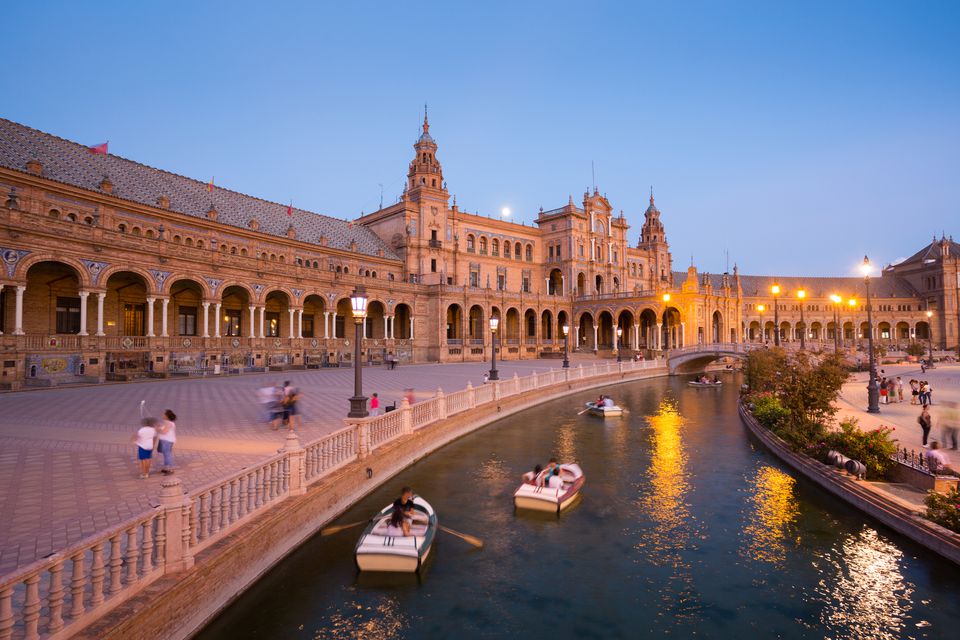
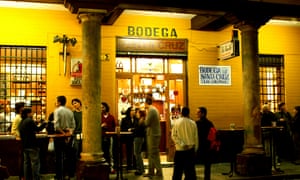
Some of the best places in Seville are found by taking a wrong turn. Like when you stumble into a time-worn taverna peddling crisp local sherry or come across the rickety home of Seville-born painter Diego Velázquez. Which makes it all the more of a shame that many visitors to Spain’s fourth biggest city don’t venture much beyond the world’s largest Gothic cathedral. Although the cobbled streets and alleyways that surround it are worthy of close inspection, this enchanting city has much more to offer a little further afield.
Vermouth with locals
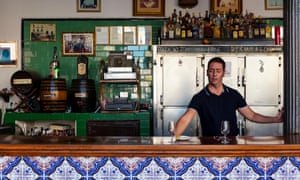
Casa Vizcaíno is a classic Sevillano watering hole visited by fedora-wearing veterans and hipsters. The bar, famous for vermouth, is decorated in blue-and-white azulejo tiles, and its floor is strewn with sawdust. Behind the bartenders stand dusty sherry bottles, stubby oak barrels and framed pictures of Jesus and Mary. Most days crowds spill out into the street. But on Thursday afternoons, following the Feria flea market, things really kick into gear. Traders and punters drink vermouth (and beer) and crunch olives. Waiters chalk up tabs on the bar top, while the odd confused guiri (tourist) looks on in bewilderment.
• Calle Feria 27, Monday to Friday 10am–11.30pm, Saturday and Sunday10am–4pm (times vary)
The Guadalquivir riverside
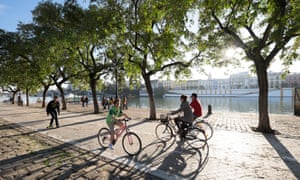
From 1503, when Seville gained exclusive rights to trade with the Americas, its river became a main artery, importing precious metals and exporting goods, such as olives and ceramics. Today, locals use the waterway for recreation (kayaking, paddleboarding, rowing, running, cycling) – the name comes from the Arabic for “great river”. Start at the Moorish Torre del Oro, and head north along the river to one of Seville’s lesser-known parks, Jardines del Guadalquivir. Wander its mazes, lily ponds and avenues of orange trees, before moseying back to Triana for cold beer and churros. Take your spoils across the bridge to the warm golden flagstones opposite Calle Betis to watch the sunset.
• Calle Matemáticos Rey Pastor y Castro
Visit Seville’s coolest bar
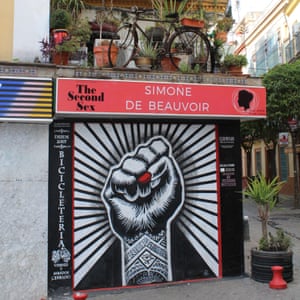
With walls covered in things you’d find at a car boot sale (old bikes, bric-a-brac, antique telephones), Bicicletería is one of Seville’s coolest bars. Locals refer to it as bici (bike) and it looks like a closed-down cycle shop – until you hit the buzzer to the right of the shutter. Soon enough, you’ll be guided to the smoky bar (smoking is still permitted inside). If you’re lucky, or charming enough, you might even find a seat, perhaps beneath an upcycled flamenco dress or cassette-tape lamp. Tuck yourself in with a beer (around €1.20) and make new friends. It also has a cracking Britpop playlist.
• Calle Feria 36, open Monday to Thursday and Sunday
Explore Calle Feria
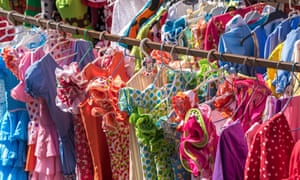
Calle Feria is my favourite street. Every Thursday a flea market takes over, with the narrow road closed to vehicles from 10am until 3pm. Stalls sell everything from antique badges and handmade photo frames to flamenco dresses. Down the street at the Feria food market there’s local olive oil, Seville goat’s cheese, artisanal chorizo (all from Negrete 1934 gourmet shop) and seafood (fresh tuna, salt cod and octopus empanadas). Plus loads of fruit and vegetables. There’s plenty of on-the-go grub, too – from pizza and gyoza(Japanese dumplings) to fried chicken and plantain. A good spot for a bite is Pitacasso, a veggie-friendly restaurant with delicious falafel pittas, from €4.20.
• Plaza Calderón de la Barca, Calle Feria, Monday to Saturday 8.15am–8pm
Listen to a flamenco jam
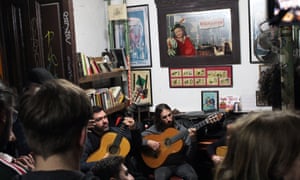
Taberna Gonzalo Molina offers a salt-of-the-earth flamenco experience. This tiny corner bar in the Macarena neighbourhood has been in the Molina family for centuries. It’s known to some as el bar de los puntales (“the bar of the props”) because of its roof held up by scaffolding poles. A few years ago the owner, Manuel, received a court order demanding the bar’s immediate closure – apparently not his first. Thanks to an inspired social movement led by native artists, poets and regular customers, it remains open today.The walls are covered in old portraits of flamenco singers. On Mondays and Wednesdays the bar teems with keen local flamenco musicians who perform, almost nose-to-nose, for regulars as well as the occasional lost-looking tourist. With no set running order, singers of all ages enter the fray only if, and when, they dare, as spectators clink shot glasses filled with vino de naranja (sweet orange wine, €1) and clap the offbeat.
• Calle Relator 59, open daily (may vary)
Picnic in the park
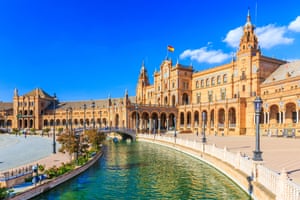
Scattered with orange trees, ponds and opulent tiled pavilions, Parque de María Luisa is worthy of a Monet painting. Once belonging to the 17th-century Palace San Telmo, the land was transformed specifically for the Ibero-American Exposition in 1929 by the man who designed the Bois de Boulogne in Paris. It houses busy Plaza de España, which mixes elements of the Renaissance revival and Moorish revival styles of Spanish architecture; for a quiet picnic, head past the isleta de los pájaros (“island of birds”) to the river. Here, the only sounds are trickling water fountains, practising musicians and the odd horse and cart.
• Paseo de las Delicias, open Monday to Sunday, 8am–10pm (times may vary)
Quails and snails
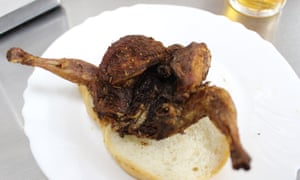
Head to the Triana quarter, once home to Gypsies and sailors, for fried quail, a local speciality. Casa Ruperto or Los Pajaritos (“the little birds”) is Seville’s equivalent of a chippy. This family-run, standing-only restaurant-cum-takeaway has been serving deep-fried birds since 1970, and is loved for its down-to-earth food and no-frills decor. The codorniz (quail, €2), on a slab of white bread, looks a little unappetising but you will wonder why you’ve never tried it before. Don’t be put off by the stern-looking bartenders; in kindly broken English they will soon make you feel like a regular.
• Avenida Santa Cecilia 2, open daily except Thursdays
Tapas by the cathedral
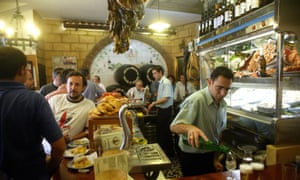
Bodega Santa Cruz, affectionately renamed Las Columnas because of the pillars outside, is less than 200 metres from Seville Cathedral. This lively tapas joint typically heaves with Sevillanos drinking cañas (small glasses) of locally brewed Cruzcampo beer. Non-locals are welcome but it’s not for the faint-hearted – the mischievous bartenders seem to revel in teasing non-Spanish speakers. Don’t expect a cosy spot to sit and tuck into your grub either. Tapas here are done properly, which means eating while standing up. However, once you’ve polished off a pringá montadito (leftover pork stew in a crispy, toasted bap) or some berenjenas con miel (fried aubergine with honey), €2.80 each, you’ll be glad you came.
• Calle Rodrigo Caro 1, Sunday to Thursday 8am–midnight, Fridays and Saturdays 8am–12.30am
Grab a vegan breakfast
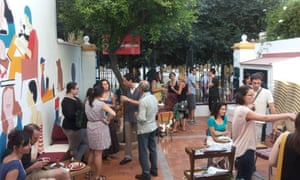
Head to El Viajero Sedentario for a vegan-friendly breakfast on the Alameda de Hércules boulevard in the historic quarter. No bigger than a generously sized kitchen pantry, with four or five well-placed tables and walls sprouting books from around the world, the ambience is somewhere between a village library and country pub. There’s a courtyard with a lone orange tree for shade in the hotter months. Coffee or tea with a slab of homemade cake is €3.50. Or try a warm tostada (from €2) with various vegan-friendly toppings (tomato and olive oil is the Seville go-to).
• Alameda de Hércules 77, open Tuesday to Sunday
Browse an art market
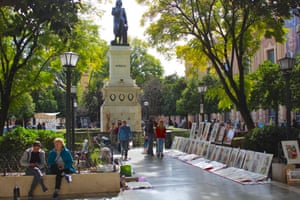
Seville’s fine art museum, Museo de Bellas Artes de Sevilla, houses paintings by artists such as Velázquez and Murillo. However, every Sunday outside the 16th-century former convent, from around 9am, a small art exhibition pops up in the leafy plaza, showcasing the work of home-grown painters and sculptors. The artwork on display ranges from framed watercolours of the city’s Guadalquivir river to landscapes and abstract canvasses.
• Plaza del Museo 41001. Open Sundays 9am–3pm (it may not run in bad weather)

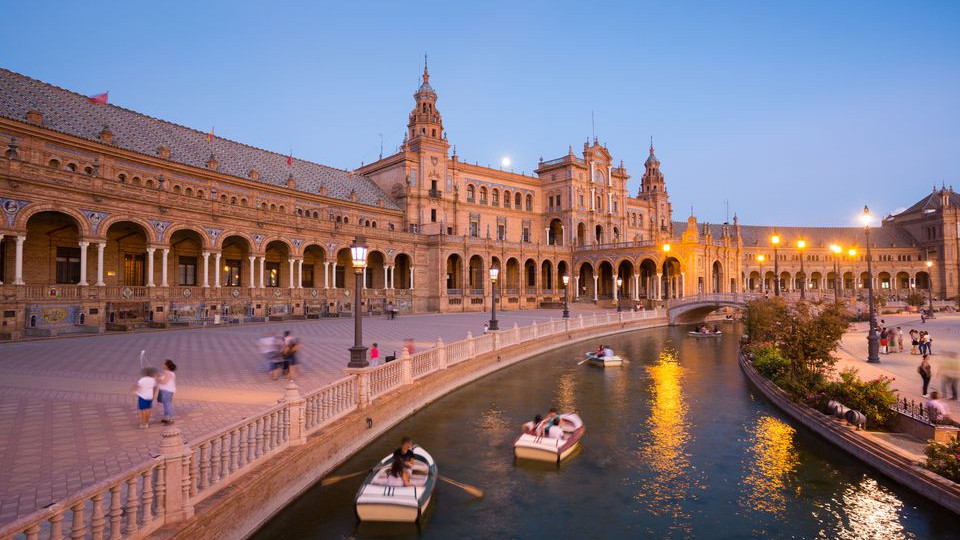
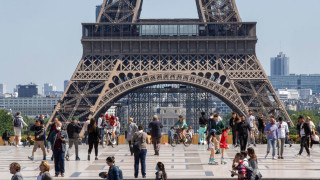





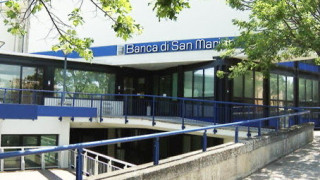


Leave a comment